No products in the cart.
Gorkhi-Terelj National Park in Mongolia
Horse Riding Expeditions in Mongolia’s Wilderness and Cultural Landscapes
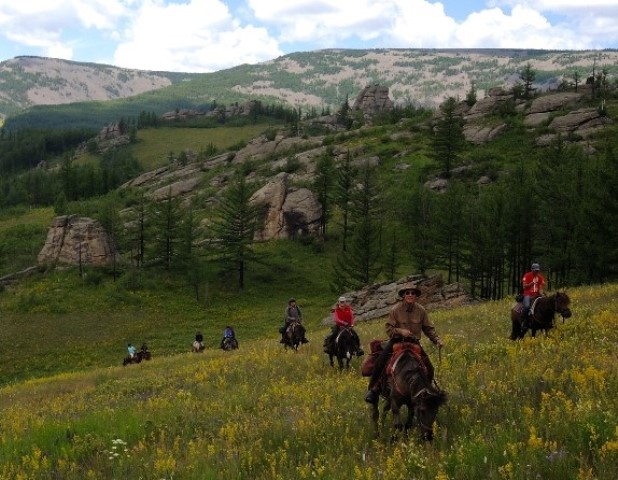
Stone Horse Expeditions & Travel offers two distinct horse riding tours in Mongolian protected areas, and throughout our website you may have seen the terms “wilderness” and “cultural landscapes”. Our tours are in two areas that have special designation and protection under Mongolia’s environmental legislation and the national system of special protected areas. One is the Gorkhi-Terelj National Park, the other is the Khan Khentii Strictly Protected Area.
Horseback Riding in Gorkhi-Terelj National Park
Gorkhi-Terelj National Park is where the 8 Day Rides as well as the first and last days of the Khentii Mountains 12 Day Rides take place. We have known both areas for some 15 years, from our own early explorations on horseback, from work with conservation programs in Mongolia and from our guided horseback eco-tours with Stone Horse.
Mongolia’s System of Special Protected Areas
The country has a long history of setting aside areas and locations of special significance and conservation values – be it spiritual and cultural, biodiversity or landscape features. Mongolia currently has four different categories of protected areas – Strictly Protected Areas, National (Conservation) Parks, Nature Reserves and Natural Monuments. For the first two categories, central government, namely the Ministry for Environment and Green Development and its Protected Area Division is responsible for management and protection. Nature Reserves and Natural Monuments are mostly under the jurisdiction of local governments. A new category, Managed Resource Protected Areas, where local communities are key players in management and conservation, is now being introduced. This is just a logical step in formalizing the role local communities have always played in protecting resources they depend on and in honoring sites of special significance.
Protecting Nature while Maintaining Local Livelihoods
Being designated as a National Park in Mongolia does not mean the park is not inhabited by people and it’s resources are not being used for local livelihoods. It’s a different concept of National Park compared to the United States; it is probably more akin to the concept of parks in Europe. There, local communities, their traditional livelihoods and practices are not only maintained but are an attraction and the mainstay for developing thriving local economies with eco-tourism at their heart while protecting conservation values. Of course, it is a matter of effective management and cooperation of the different private and public stakeholders to translate this concept into successful conservation and local development.
With the “Initiative for People Centered Conservation” we have worked for many years in Mongolia to contribute to both of these. We cherish wilderness and recognize the crucial role that it plays for global conservation and maintaining ecosystem services. For us at Stone Horse, wilderness is an important aspect of the experience we offer with our equestrian eco-tourism adventures. Yet, as conservation professionals, we recognize and promote the protection of landscapes, the role and rights of local communities and indigenous peoples who for millennia have maintained nature and biodiversity.
We refer to Gorkhi-Terelj as a “cultural landscape” because the customary nomadic livestock husbandry of Mongolian herders has helped to shape the environment of this park over the ages.
Grassland Resources of Gorkhi-Terelj National Park
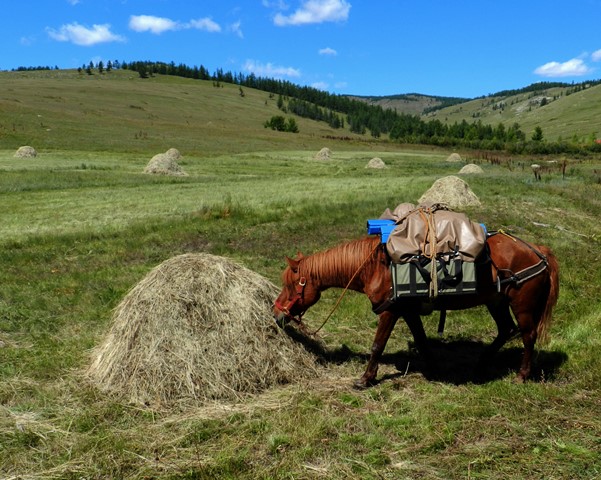
Like all Mongolian grasslands, the forest steppe of Gorkhi-Terelj National Park has evolved with grazing, by wildlife and livestock. The park’s grasslands are important especially in autumn when herder families and their livestock return. In late August, haymaking begins. Many hay makers make temporary camps, with makeshift tents and stoves. Hay cutting starts very early in the morning when the air is cool and the grass is moist and easier to cut. So often enough when we ride past a haymaking campsite, the cutters are asleep in their tents and you see the cut grass on the ground for drying, arranged in wide arches as it is laid down by the scythes. Once dry, the hay will be raked up to mounds dotting the valleys, to be transported off for use elsewhere or to be stored at a nearby winter camp. Sometimes one can see how the mounds of hay are piled on a canvas sheet and then pulled with horsepower to a cart, truck or the storage place at a winter camp. Needless to say, we steer our horses clear off the hay that has been prepared; they do try to get a bite of it while passing by, and sometimes succeed for a moment.
Livestock – the “Five Treasures” of Nomadic Herders in Mongolia
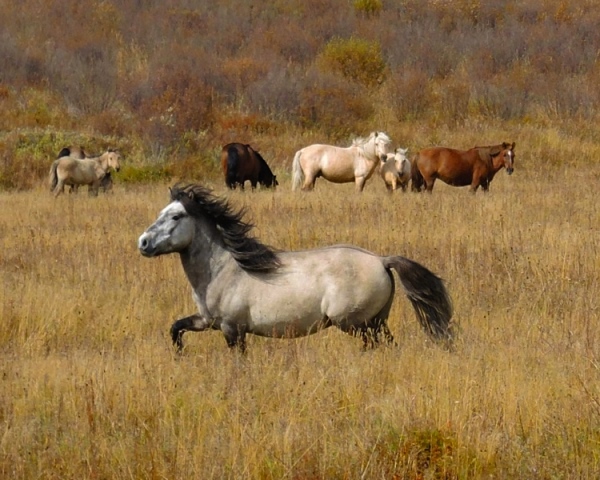
Other winter preparations are underway from September onwards; herders clean out corrals, set up one or several gers for autumn or winter camp, pile up fuel supplies of firewood or dung, and repair livestock shelters. The use of the park by local herders makes it an even more interesting destination that provides opportunity to learn about nomadic livestock husbandry in Mongolia. Mongolian herders refer to their five kinds of livestock as the “five treasures” – camel, cattle and yaks, horses, sheep and goats. On a ride in Gorkhi-Terelj National Park, we will most likely see all of these except camels. The domestic Bactrian camel, with its excellent adaptation to desert environments, is more frequent in the Gobi in the Southern parts of the country
Landscapes of Gorkhi-Terelj National Park
The natural landscapes of Gorkhi Terelj National Park are of stunning beauty, marked by wide open valleys covered in wildflowers throughout the summer season and radiating warm autumn colors in the late riding season. The Terelj and Tuul Rivers are the major waterways, but there are count
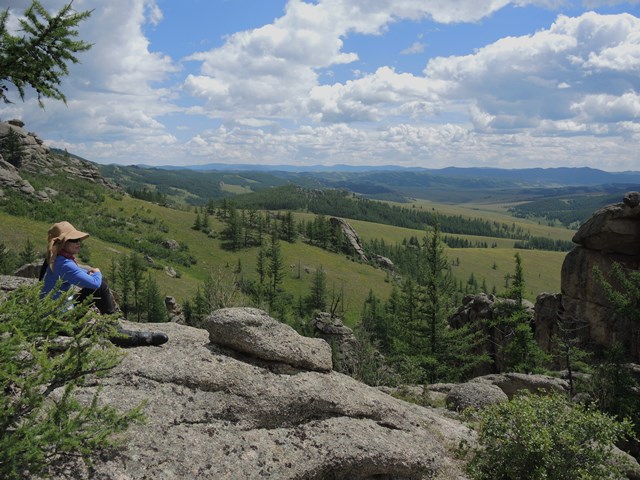
less streams and small creeks that contribute to their waters, and thereby to the water supply for Ulaanbaatar city. Here you can see beautiful pristine creeks with small water falls made by natural barriers of logs and rocks, the clear water rushing down under the cover of grasses and forbs that hide the stream from view, but not from the keen sense of a thirsty trail horse passing by.. The wide valley bottoms are often covered in alder bushes that turn to shades of rust and burgundy colors in autumn.
One of the most spectacular features of Gorkhi-Terelj National Park are its rock formations. They form ridges and peaks that rise from the forest covered mountains, and picturesque granite shapes that tower above the undulating grasslands like castles on mountain tops. On our rides, we often chose one of these rock formations as a resting spot; they offer shade, sweeping views, grass around them for grazing, and opportunity for some bouldering, or just to relax in a great landscape.
Recreation and Day Visit Areas in Gorkhi-Terelj National Park
In the smaller, Southernmost portion of the park, “Turtle Rock” is a well-known rock formation. It is frequently visited as is this whole section of the park. Gorkhi-Terelj National Park here is accessible by road and it is dotted with tourist camps, and has several hotels. It is more like a recreational area for day visits from the city of Ulaanbaatar. This “developed” part of the park is bordered by the lower Terelj River and Terelj Village.
Back Country Wilderness of Gorkhi-Terelj National Park

On our horse riding tours, we access the park far north from there. The entry point to the park on our rides is the forest clad Davatiin Davaa (“Pass of Passes”) where an ovoo (stone cairn) and colorful silk scarfs (Hadags) mark the pass, and a rustic wooden sign welcomes visitors to this scenic back country. Less than an hours’ ride beyond the pass we emerge from the forest and the view opens to the Upper Terelj Valley and the side valleys of its tributaries. The river here is a wild, braided river. We ford it several times on our way down the valley, before we head north into even more remote back country. On some occasions, such as during high water events, we do take a route that leads through Terelj village. Accessing the settlement from the West, we pass the residential part of the village with rows of small wooden houses, cross the river near a waterfront hotel and soon leave this part of the park behind.
Alpine High Country of Gorkhi-Terelj National Park
The back country of the national park where we spend most time riding and camping is quite wild and remote. Gorkhi-Terelj National Park includes in its territory the highest mountain of the Khan Khentii Mountains – Asralt Khairkhan. This peak rises to 2799 meters (9183 feet) over the surrounding forest lands and rocky ridges. It’s name translates into “Solicitous Sacred Mountain“. On our 8 Day Ride in Gorkhi-Terelj National Park we often stop at a favorite campsite for horses and riders, near a river bend, at the forest’s edge with a back drop of rock formations and Asralt Khairkhan’s mountain massif rising behind us.
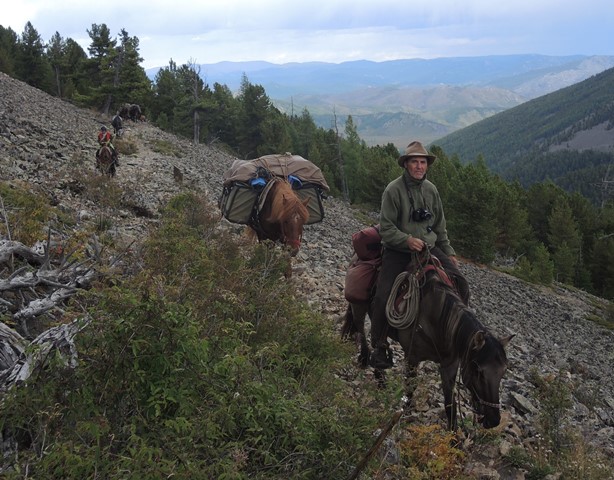
Also the high alpine pass to the East below Altan Ulgii Mountain that we cross on the 12 day Khan Khentii wilderness ride is situated within the borders of Gorkhi-Terelj National Park. Access to the pass from the north is by two forested valleys and a steep climb through pathless forest before reaching a path across scree slopes on the top that leads to the tussock grasslands with pine trees and an ovoo (stone cairn) adorned with hadags (silk scarfs). The descent from the pass to the South is a steep forest trail that we make on foot leading our saddle horses and letting the pack horses make their way down; they all know the drill well- and they know that great pastures are awaiting them in about an hour’s time from the bottom of the pass.
Horseback Eco-tourism in Gorkhi-Terelj National Park
While most nights during Stone Horse Expeditions in Gorkhi Terelj National Park are spent in tented camps at scenic sites, we usually stop for one night at a small ger camp that is nestled in a picturesque setting in the valley of the “Blue Rock River”. From there, we take a day ride to the ruins of Gunjiin Sum, the burial temple of “The Peaceful Princess”.
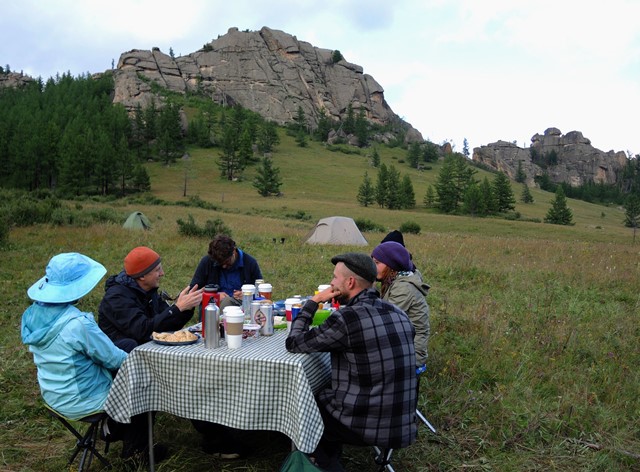
The riding tour in Gorkhi Terelj National Park is a great way to emerse yourself in nature and culture, to experience great landscapes and to enjoy riding and getting to know your Mongolian trail riding horse. A ride with Stone Horse in Gorkhi Terelj National Park offers fantastic riding country, back country wilderness experience, visits to historic sites, and plenty of opportunity to relax and unwind while learning about Mongolia, its culture and natural history. If you are looking for a unique eco-tourism adventure, contact us.
Check out the trip itinerary for the 8 Day Ride in Gorkhi Terelj National Park.
Rides in the park in late July and early August are open, and some spaces left on early and late season tours. See availability, and make your reservation now!
Enjoy more photos of horse riding expeditions in Gorkhi Terelj National Park below:
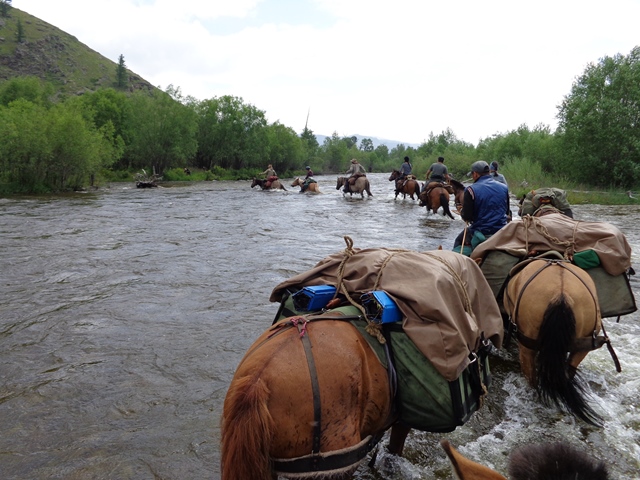
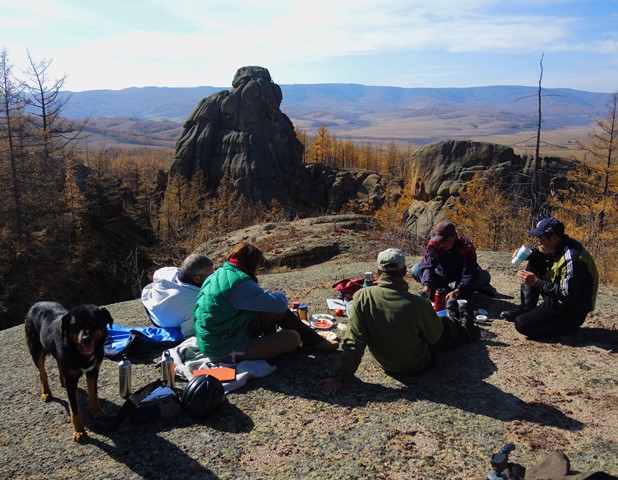
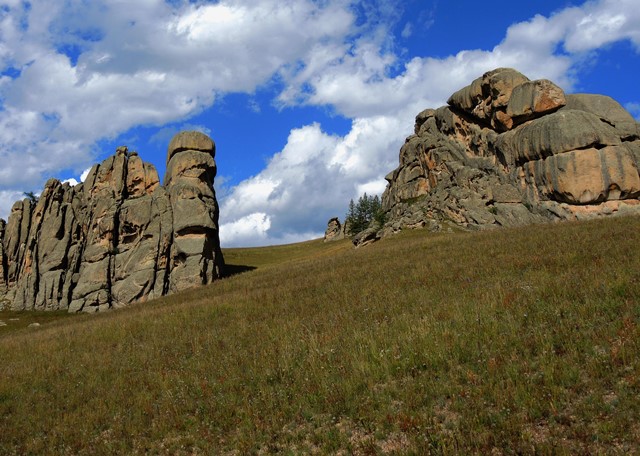
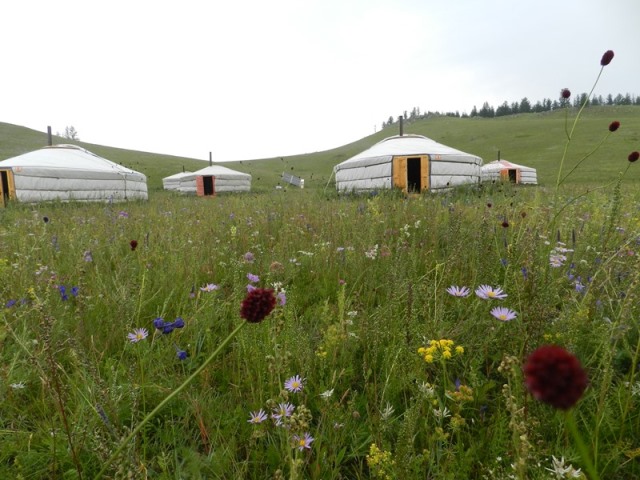
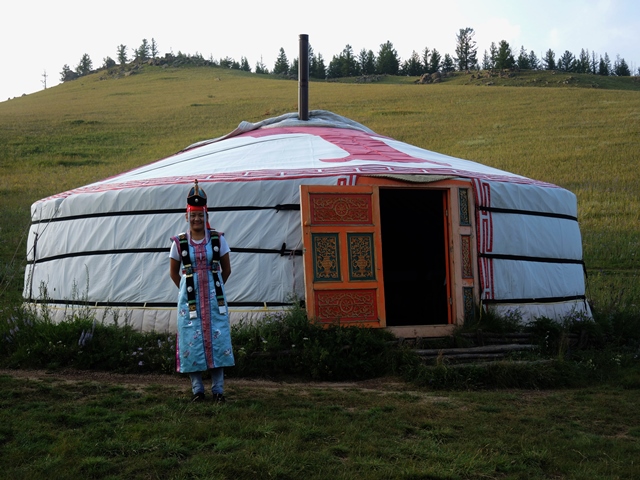
Check out other National Parks worldwide, and read about the best gear for trekking in these parks that preserve magnificent natural landscapes and wildlife habitat on our planet.


